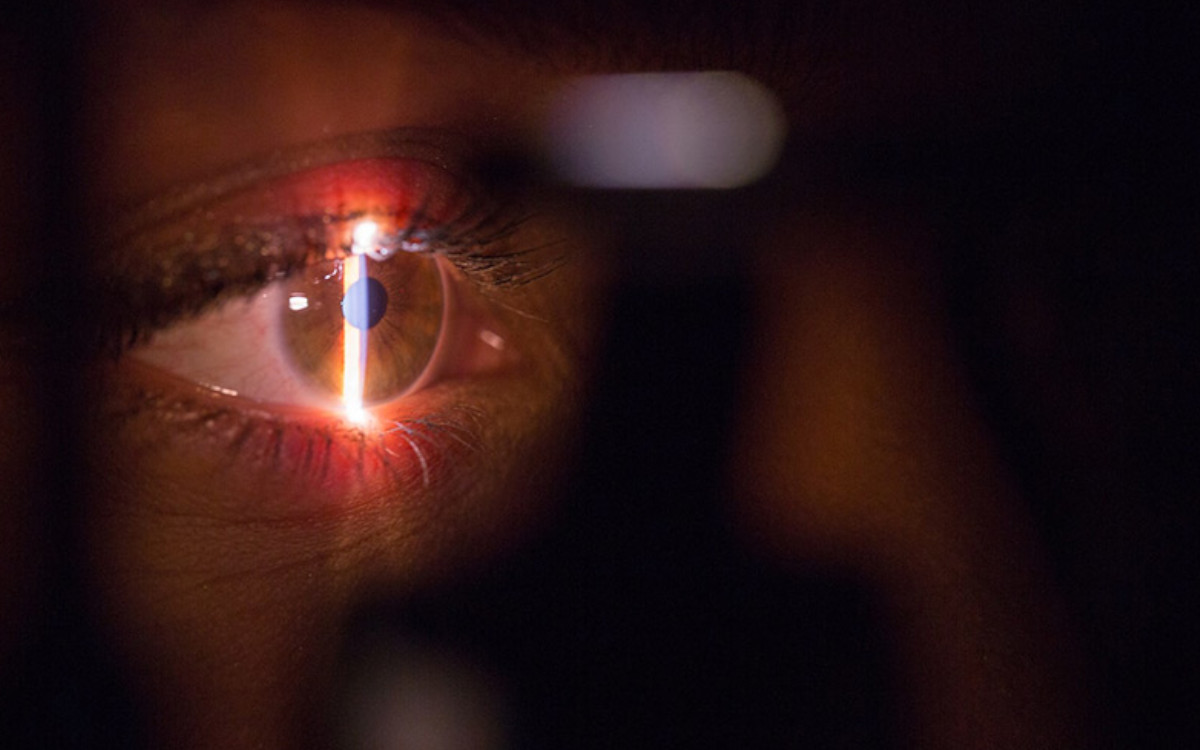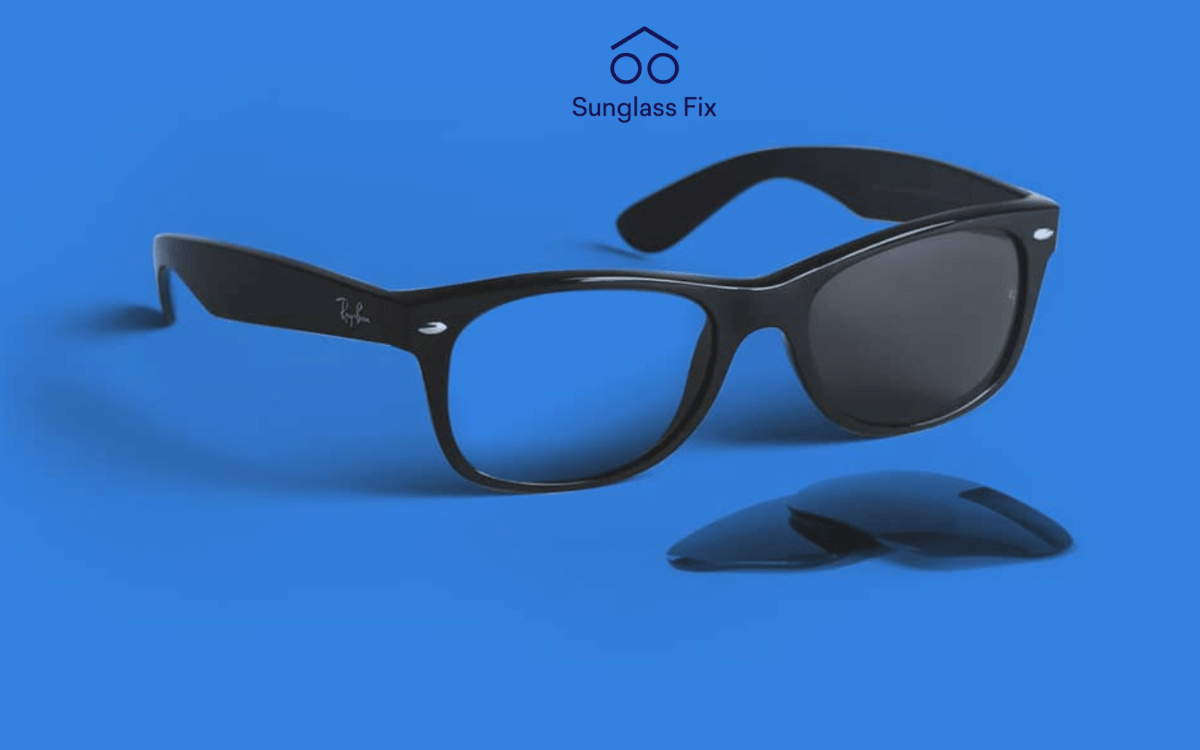LASIK is the world's most cutting-edge corrective eye surgery procedure. Coming from the term “laser-assisted in situ keratomileusis”, lasik eye surgery can radically improve your eyesight and pave the way for a life without assisted vision, even to the point that it means not having to wear glasses. Imagine it: not just no more squinting but no need for glasses; not just a goodbye to blurriness, but a total doing away with bifocals. LASIK effectively reshapes the cornea, correcting both short- and long-sightedness. The procedure is permanent, and it’s also commonly performed, making it safer, surer, and less costly than it’s ever been.
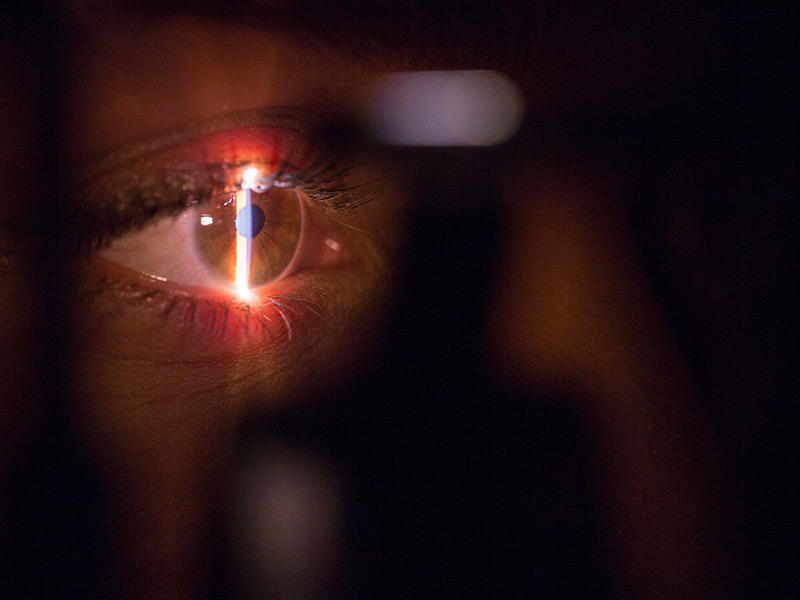
Currently, approximately 30 million LASIK procedures are undertaken each year around the globe, with nearly 800,000 of these in the US alone. The origins of LASIK began in 1948, when a Spanish ophthalmologist named José Barraquer Moner began experimenting, shaving small slivers from patients' corneas, using a scalpel at first but then progressing to a device called a microkeratome. This instrument performs the same ‘slicing’ function as a scalpel but is far more exact, so much so that many surgeons and doctors still use a more up-to-date form of this today.
Who’s who in the world of LASIK
One well known modern surgeon these days is Dr Robert Maloney, who performed the popular procedure on Kylie Jenner - this was documented in the hit TV show ‘Keeping Up With The Kardashians’. Kim Kardashian herself also underwent LASIK surgery from the same surgeon at his institute in Los Angeles, and this was again featured in the show - great coverage for Dr Maloney, of course, and proof positive that the procedure is worthy of celebrity endorsement.
Every country has its own brilliant specialists in the lasik procedure, however, and there are even more celebrities and famous people who’ve trusted them: LeBron James, for one; Brad Pitt, for another. Tiger Woods, too, has invested in this particular laser treatment for eyes. His chosen surgeon was Dr Whitten, another US-based top name in lasik surgery who’s based out of Maryland and Virginia. Shortly after receiving the corrective treatment in 1999, Woods went on to win 13 major golf championships, for which excellent vision was paramount.
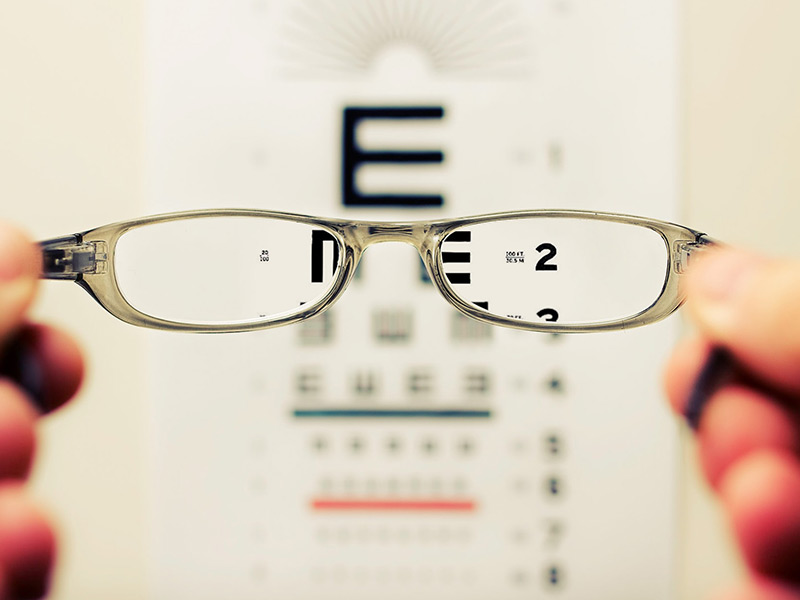
Taylor Swift is another famous name who’s had lasik surgery in recent years. An (in)famous online video shows the star post-procedure and still woozy from anaesthesia back in 2019, crying over a banana. Swift laughed about the incident on the Jimmy Fallon Show, but it was a small price to pay for not having to continue wearing the glasses which Swift has described as: “the ugliest pair of glasses you'll ever see in your life”. No more bug eyes for Swift after laser eye surgery, then, even if she was, for a short time, bug-brained.
Before your LASIK surgery
If you’re considering this particular laser operation for eyes, then there are a few essential rules and tips we recommend you follow to ensure the surgery is as successful as it can be and your recovery is optimized.
No contact lenses - it’s recommended to not wear soft contacts for 3 days prior to surgery and, if you normally wear hard contact lenses, to do without these for at least 28 days beforehand. The reason for this is that the cornea needs to return to its usual shape before the procedure and doing without contacts assists in naturally reforming itself in this way.
No makeup - at your pre-op consultation, you’ll be asked to wear minimal makeup around your eyes - so, no mascara, eyeshadow, or eyeliner. This is because an important set of tests will be carried out on your pre-LASIK peepers, and grains and granules from makeup, however minute, can seriously impact upon the test results and, in turn, the overall effectiveness of the surgery.
Prep for someone to take you there, and to take you home - obviously, after the procedure you’ll need to recover and heal, and may not be able to drive or travel due to a need to rest your eyes and vision, but by resting before the operation you’ll also increase your rate of recovery as this will help your corneas relax. So, rest up. Take it easy. Get someone to drive you there. Additionally, this means you won’t strain your eyes, as well as keeping your stress levels at a lovely, lulling low.
During procedure
LASIK these days takes only 30 minutes and is performed with you sitting comfortably in a reclining chair. You will usually be given some meds to help you relax. Eye drops are administered to your corneas, so that you won’t feel any pain at all. You’ll be asked to look at a point of light, as this will assist in keeping your eyes in the required position and minimizing any movement. Then, a suction ring is placed around each eye, and the procedure is performed. The surgeon will make a small cut in each cornea, but the main bulk of the operation is undertaken by a programmed laser which ‘pulses’, gently reshaping your eyeballs.
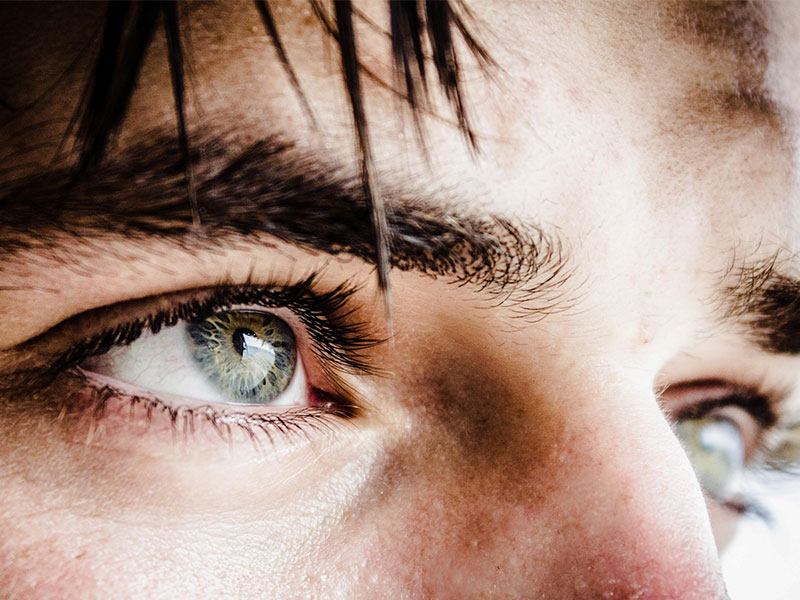
Is lasik safe? Yes, say the doctors, including another superb surgeon and leading authority in the technology, Dr Edward Manche MD, professor of ophthalmology and division chief of Cornea and Refractive Surgery at Stanford University School of Medicine. And it’s also been approved by the US Food and Drug Administration (FDA), along with its equivalents in countries around the world. So, there’s really nothing to worry about.
After your procedure
Important Do’s and Don’ts
Do:
Listen to your surgeon - doctor, as they say, knows best. And you’ll be best off paying attention to the paid expert, who holds reams of experience in this advanced technique. Don’t Google it, listen to the LASIK professional!
Invest in eye drops - most patients experience dry eyes after LASIK. Almost 50% still have dry eye symptoms one week following the procedure, although this reduces over time. So, as you might expect, administering eye drops can assist with any discomfort during this period.
Avoid straining your eyes - it’s important to keep your eyes in as restful a state as possible whilst they heal. This includes:
Avoid looking at screens - you must keep your eyes away from all TV, your cell phone, tablet devices, your laptop, etc, for at least 24 hours after your LASIK procedure, as they will be especially sensitive at that time, and you risk irritation if you give in to that urge to catch up on Netflix.
Use sunglasses / protect your eyes - be sure to sport dark sunglasses for a minimum of 3 days indoors following your surgery, then outdoors for a minimum of a week. More is better when it comes to this tip, as the longer you keep your eyes shaded the more chance they have to fully recuperate.
Additionally, make sure your sunglasses carry UV protection - exposure to sunlight can, again, cause irritation, as the corneas will be steadily healing and adjusting to their new contour. A top tip from us here at Sunglass Fix is to turn those glasses you no longer need into sunglasses. We can supply lenses for any frame, and it’s a quick and cost-effective way of not only preparing to look after your eyes following LASIK, but also of repurposing your frames for the future.
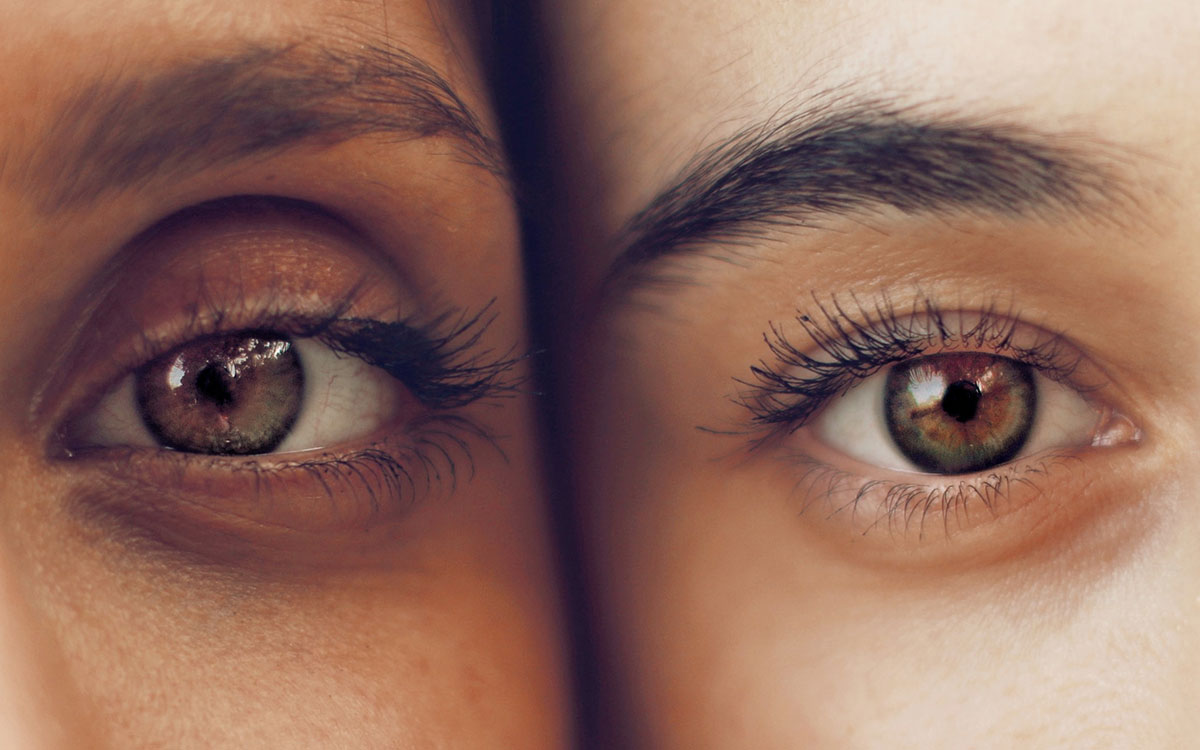
Don’t:
Read - again, this sort of intensive focus can cause strain, which is an issue during this period of delicacy and requisite healing.
Take a shower - baths are better. Water and steam from a shower can get into your eyes. Avoid steam rooms, saunas, pools, hot tubs etc.- a well ventilated room when in a bath so no steam builds up in the room.
Wear eye makeup – particles of makeup can cause serious irritation in the post-op period.
Play sports/exercise – a blow to the face can seriously set back your recovery from LASIK. Don’t risk it, stay away from the gym or pitch for a bit.
Driving – once again, this is a no-no post-LASIK, just for a short time. Ask your surgeon if you’re unsure, though.
LASIK is a gateway to a life without glasses, but not without sunglasses, which still protect your eyes from harmful UV rays. So, if you do choose LASIK, choose Sunglass Fix, too.




